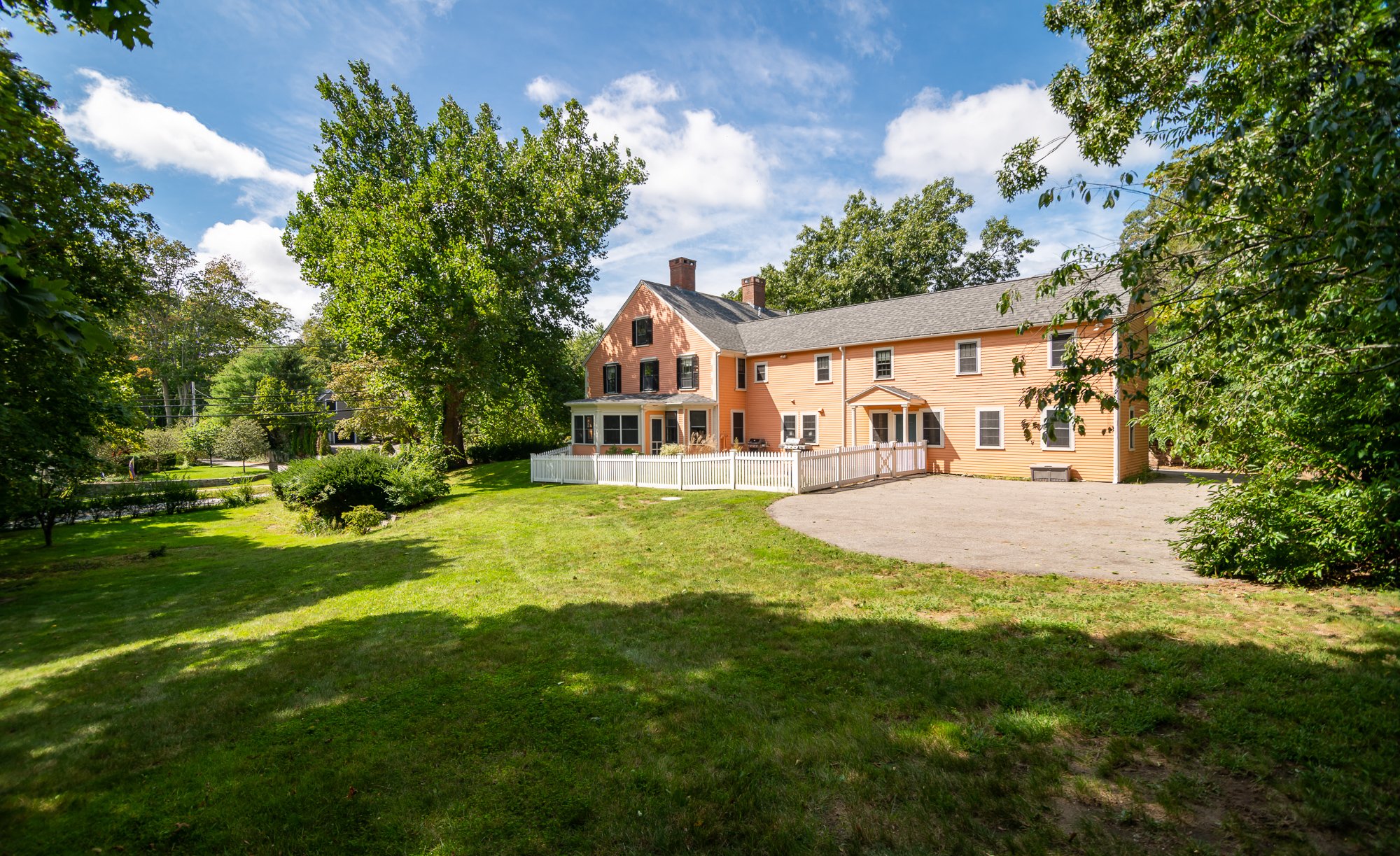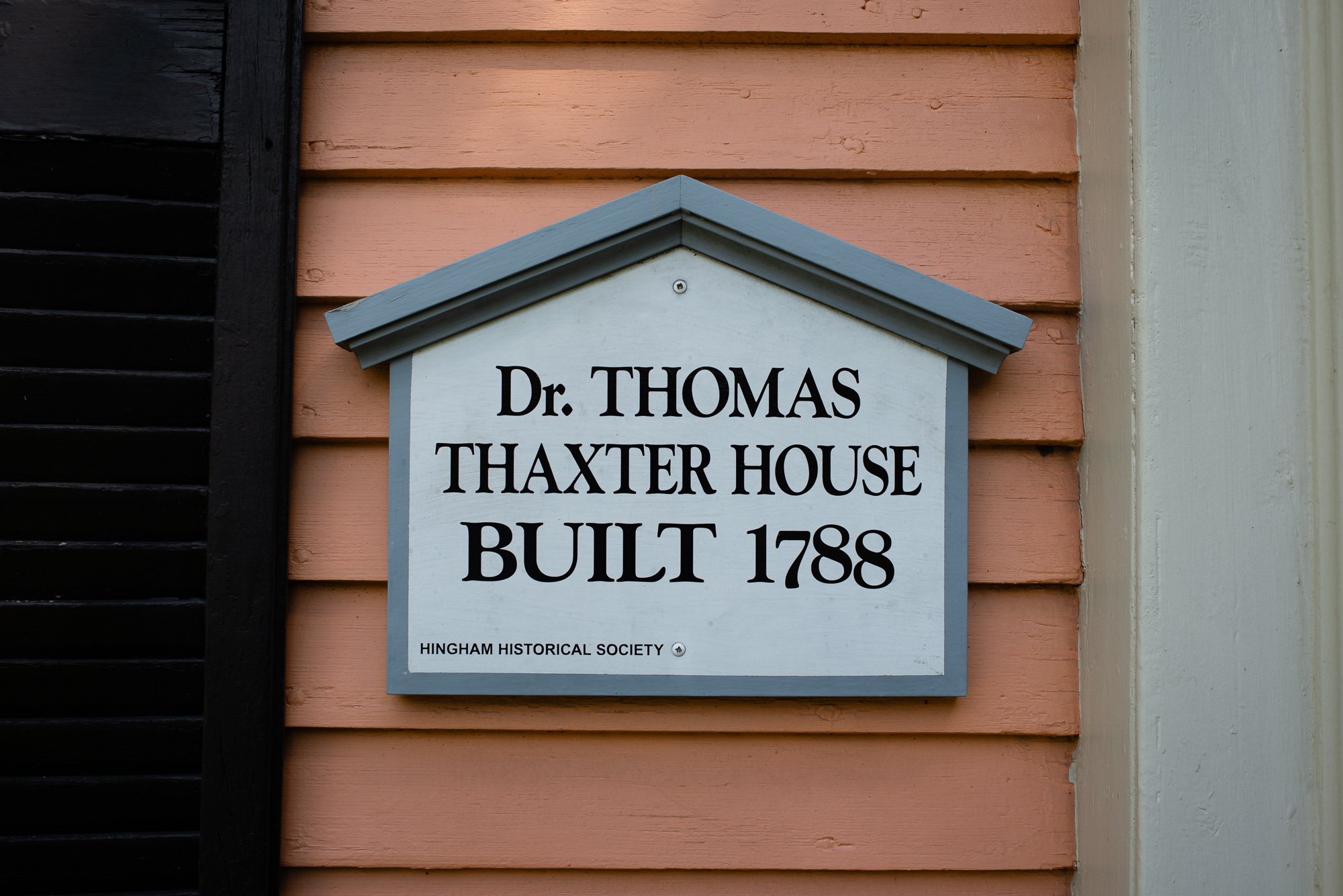Dear friends,
A frequent activity of Devon’s and mine is to walk around our town, or even our church campus, notice something, and then “go down a rabbit hole” learning about it. A few weeks ago, Devon and I were beginning to plan what to do with rectory garden, and we were standing in the dip at the bottom of the garden when our feet hit some rocks. We looked further and noticed some old gravel, a wood border buried under the grass, then the granite steps leading down into the space. After speaking with a few other friends, we discovered that there used to be an old English style formal garden in that area. And so, Devon and I started “digging” (online and in books, not in the earth, just yet …) to find out more. After further reading, studying plot plans in the church archive, online searches, and a conversation with one of “those in the know,” it turns out that this was once the formal garden of The Rev. John Gallop, Rector of St. John’s from 1951 to 1979.
Above the little hill in the garden also once stood a Greek style portico, pediment and columns (or pergola), which Fr. John rescued from demolition in the 1960s. The portico was once the entrance to the home of Major Samuel Thaxter (1723-1771), which stood in the center of Hingham until it was demolished and the site became St. Paul’s Roman Catholic Church. The portico was rescued by Hingham artist Martin Gay, who kept it in his garden until Fr. John later acquired it and placed it in the rectory garden. Upon his retirement, Fr. John gave it to The Hingham Historical Society, and it now sits in a formal garden not dissimilar to the old rectory garden at the Old Ordinary. Finally, it turns out that Dr. Thomas Thaxter, who built the house in 1788 which became our parish’s rectory, was the son of Major Thaxter, whose home the portico originally adorned. And … upon digging in the archives further, it turns out that the landscaping of the original rectory and church site was designed by the offices of Frederick Law Olmsted when The Rev. George Weld first acquired the site in 1906.
Now, this is a brief version of a lot of history, details may be slightly off, others will know more than me, and there is more to discover. And, of course, one might wonder if Ed and Devon have already lost the plot; no pun intended! (Sorry …) But, as we all know, if you want to learn about how to address the present and future, then you often need to look to the past. Not in a nostalgic way, of course. Indeed, Jesus spends a great deal of time throughout the Gospels telling people not to “go back” but to keep moving onward towards the kingdom of heaven. Yet learning from the past, making connections, and “joining the dots” in a community is part of what it means to make sense of a place; to make sense of where one is, why we’re here, and what we might do in the future. A short blast through a few books and papers yielded all sorts of ideas for possible future connections with different organizations, some gardening, maybe creation care ministry, perhaps even a research project or two. And it all comes back to some of those essential questions that we ask whenever we pray: Who are we? Where do we come from? Where are we going? And what does God want for us next?
Devon and I hope that you will join us for coffee hour at the rectory this week following our 8 a.m. and 10 a.m. services. And, if you like, do take a little walk in the garden …
With every prayer and blessing,
Fr. Ed.




